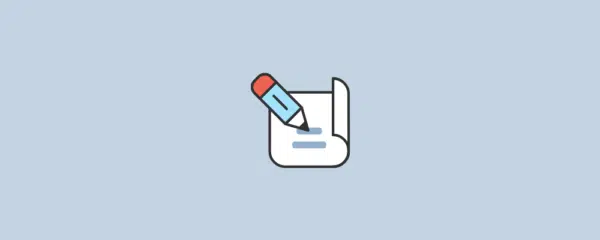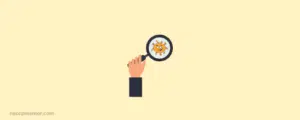Foreign matter can come from many different places within your food business. To control this issue, you first have to know where potential sources of this type of contamination exist. Welcome to Week 20 of the HACCP Mentor Food Safety HACCP Challenge. It is time to take off your food environment blindfold and take a look at what is right above your head. By this I mean – check to see if your overhead lights are adequately covered and don’t present a contamination risk.
Why are overhead lights a risk?
Overhead lights are generally made of several different components including glass, hard plastic and metal. All of these elements are considered a type of foreign matter if they end up in your food product. Light globes can shatter, hard plastic covers can crack and break and metal parts can fall off.
Looking at the overhead lights
To complete this #FSHChallenge, it is pretty straight forward. Take a walk around your food production area and visually look to see if any of the overhead lights are a potential source of contamination. The types of things you should be looking for include:
- Are the lights covered?
- Are there any cracks or damaged areas in the light covers?
- If the lights are not covered, are the light globes or tubes unbreakable?
- Are the lights located in an area that would have a direct impact on food product, equipment or utensils if a breakage were to occur?
While you are at it, you can also check to see if there is any build up of dead insects, dirt or dust in the overhead light fittings and covers.
If your overhead lights are unbreakable, can you prove this?
In some of the food businesses that I audit ‘unbreakable’ or ‘shatter-proof light globes are used. If this is the case for your food business, do you have validation information or proof that they are ‘unbreakable’ or shatter proof? If not, you can ask for validation documentation from your overhead light globe or tube supplier.
Recording your inspection
In the game of food auditing, if it is not written or recorded there is a high chance that the activity was not completed. With this in mind, there are a couple of different ways that you can record this inspection. You may be already completing checks on your overhead lights and recording them as part of your “Monthly GMP Checks” or your “Glass and Hard Plastic review”. If you are – great job! but how specific are you?
Getting specific with your light checks
As a starting point, each overhead light source and their status should be identifiable. Does your record just refer to a check that “ALL” overhead lights were okay or do you drill down deeper into the location and quantity? To really capture the status of all overhead lights, they should be recorded separately. Three benefits of checking and recording your overhead lights separately include:
- Your record provides supporting audit evidence that all overhead lights have been checked.
- Your risk is better managed when you know the exact location and do the full check rather than half a check.
- Your maintenance crew will know exactly which overhead light requires fixing if there is an issue.
How do your overhead lights rate?
That brings us to the end of week 20 of the HACCP Mentor Food Safety HACCP Challenge. Share your experience and your outcomes by leaving a comment below.


